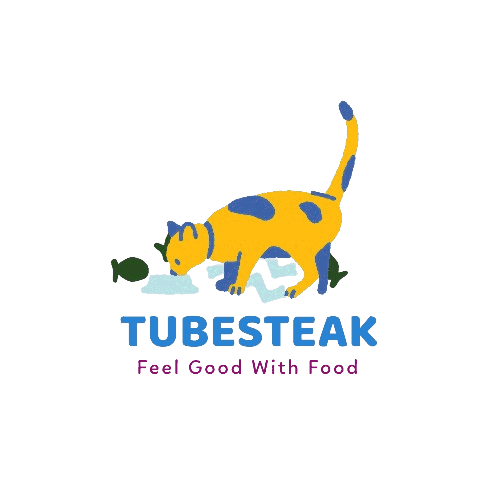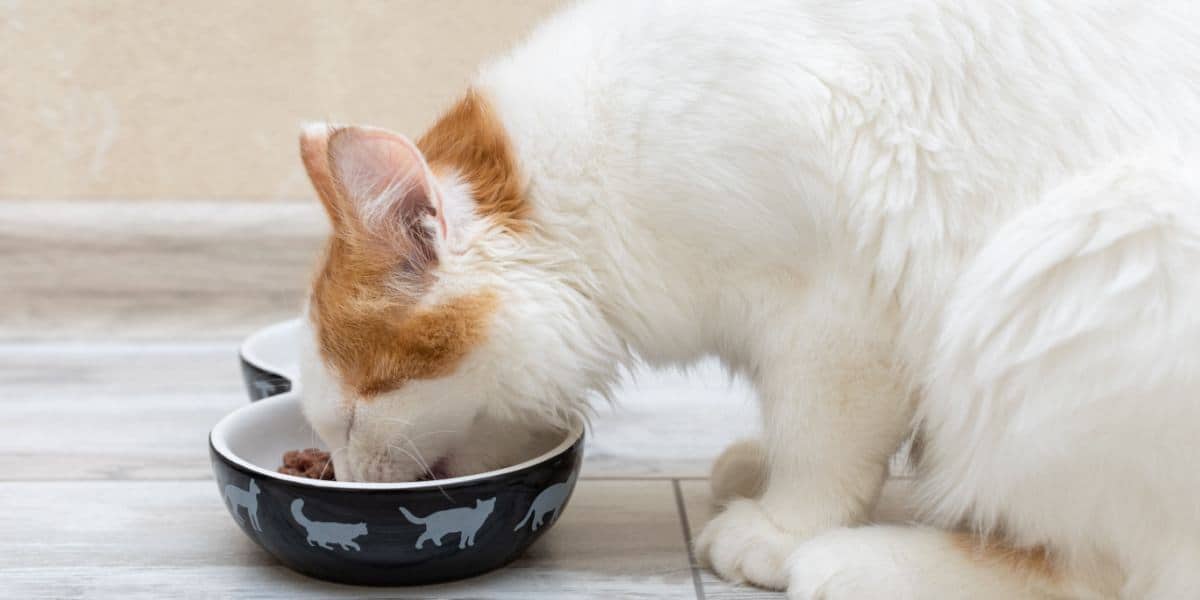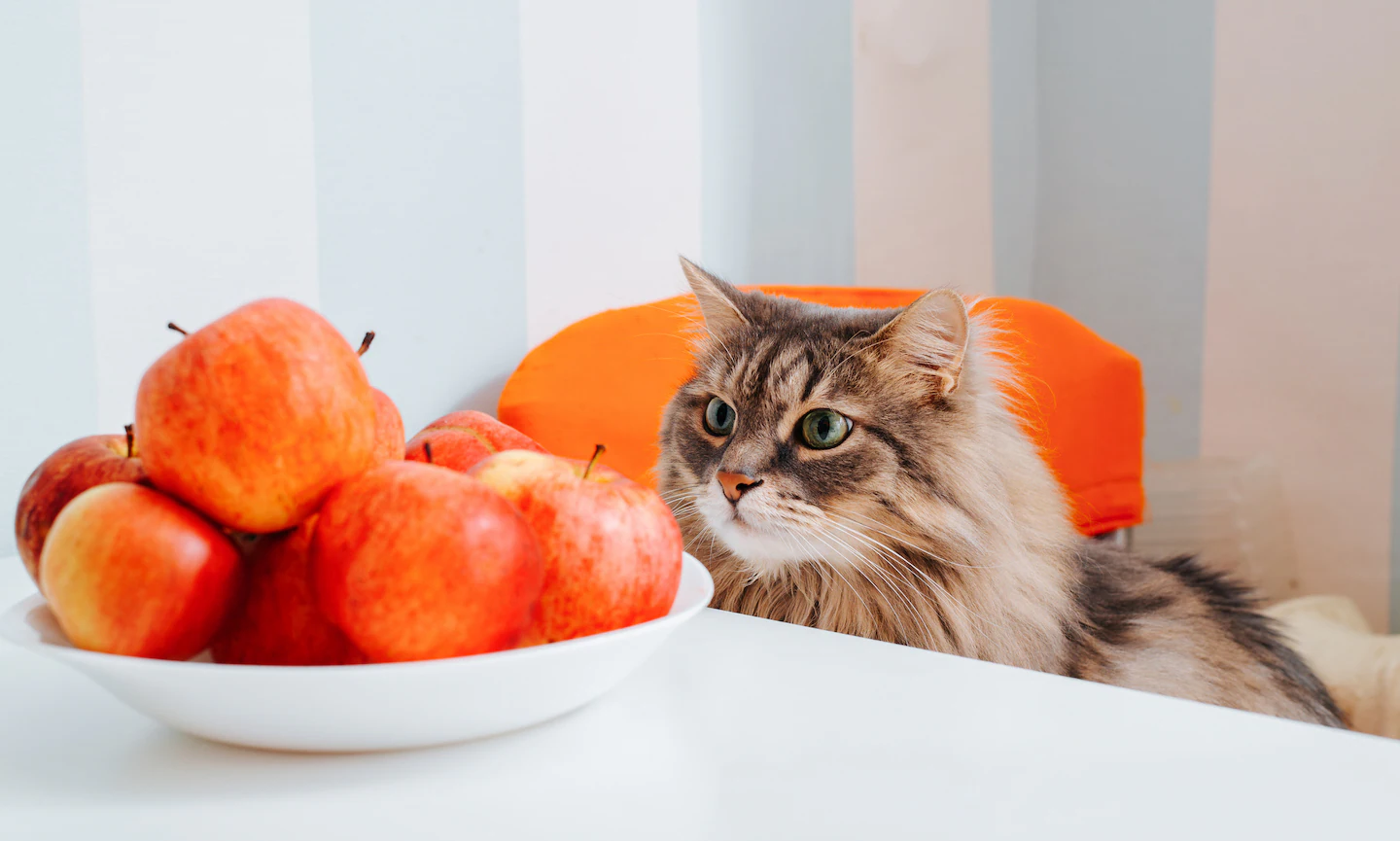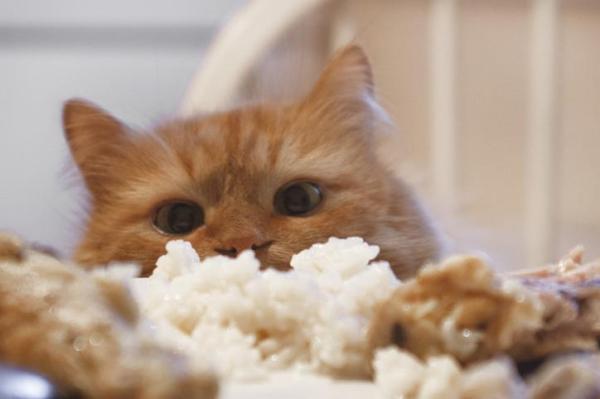In recent years, the pet food industry has witnessed a surge in popularity and demand for grain-free cat food. With an increasing number of pet owners seeking the best possible nutrition for their feline companions, the question arises: Why does cat food have to be grain-free? To fully comprehend this trend, it’s essential to delve into the dietary needs of cats, the role of grains in pet food, and the potential benefits of opting for grain-free alternatives.
Cats’ Carnivorous Nature

First and foremost, it’s crucial to acknowledge that cats are obligate carnivores. Unlike omnivores that can thrive on a varied diet, cats have evolved to derive their essential nutrients primarily from animal-based sources. Their natural diet in the wild consists of prey animals rich in protein and fat, which provide the amino acids and fatty acids crucial for their growth, energy, and overall well-being.
The Role of Grains in Pet Food
Historically, grains like corn, wheat, and rice have been common ingredients in commercial cat foods. These grains can serve as sources of carbohydrates, which are used to bind kibble and provide energy. However, the inclusion of grains in cat food has sparked debate due to the following factors:
- Nutritional Adequacy: While grains can provide energy, they are not the ideal source of nutrients for cats. Cats’ digestive systems are not optimized for breaking down and utilizing plant-based carbohydrates efficiently. They require high-quality animal proteins to thrive.
- Allergies and Sensitivities: Some cats may develop allergies or sensitivities to certain grains. These can manifest as skin issues, digestive disturbances, or chronic inflammation. Grain-free diets are often seen as a solution to alleviate these concerns.
- High-Protein Focus: The shift towards grain-free cat food aligns with the growing understanding of cats’ nutritional requirements. High-protein diets that mimic their natural prey-based diet are gaining favor among pet owners and experts alike.
Benefits of Grain-Free Cat Food
- Digestive Health: Grain-free diets typically contain fewer fillers and focus on animal proteins, which can promote healthier digestion and reduce the risk of gastrointestinal discomfort.
- Allergy Management: For cats with grain allergies or sensitivities, transitioning to a grain-free diet can lead to a reduction in symptoms and improved quality of life.
- Weight Management: High-protein, grain-free diets can help cats maintain a healthy weight and build lean muscle mass.
- Skin and Coat Health: The improved nutrient profile of grain-free cat food can contribute to shinier coats and healthier skin.
- Reduced Inflammation: Some pet owners and veterinarians believe that grain-free diets may help reduce chronic inflammation and its associated health risks
The Importance of Quality Ingredients
It’s important to note that not all grain-free cat foods are created equal. When considering a grain-free diet for your feline friend, focus on the quality of ingredients. Look for foods that prioritize animal-based proteins, essential fatty acids, and balanced nutrition. Consulting with a veterinarian can help tailor your cat’s diet to its individual needs and ensure that it receives all the necessary nutrients.
The Bottom Line
The trend toward grain-free cat food is rooted in a desire to provide cats with a diet that aligns with their natural nutritional needs. While grains can be a source of energy, opting for a grain-free approach allows for a more protein-centric diet that better supports cats’ overall health. As with any dietary change, it’s recommended to consult with a veterinarian to ensure that the chosen diet meets your cat’s specific requirements and promotes its well-being.

Stephanie Ansel is a well-known writer and journalist known for her unique and captivating writing style. She has written many articles and books on important topics such as the lifestyle, environment, hobbies, and technology and has been published in some of the biggest newspapers and magazines. Stephanie is also a friendly and approachable person who loves to talk to people and learn about their stories. Her writing is easy to read and understand, filled with lots of details and information, and is perfect for both kids and adults who want to learn about important topics in an interesting way.






